Falls among older adults cost Australia's healthcare system $2.5 billion annually and can lead to severe personal consequences. Each year, 130,000 older Australians are hospitalized due to falls, and 5,000 Australians lose their lives because of falls.
The World Health Organization recommends that all older adults engage in physical activity to prevent falls and gain a variety of health benefits, such as lower mortality rates, better cardiovascular health, enhanced mental and cognitive well-being, and improved sleep quality.
Falls are even more common and often more severe in residential aged care homes. The Royal Commission into Aged Care Quality and Safety has emphasized the critical need to address falls in these settings. Falls have now become a mandatory quality indicator, influencing the star ratings of nursing homes.
Furthermore, recent studies from Flinders University have shown that in in residential aged care homes, catastrophic falls can be avoided by implementing regular exercise and personalized falls prevention plans.
Regular exercise, along with a personalized falls prevention plan tailored to each resident’s specific needs, is recommended as an effective strategy for preventing falls among older adults in aged care facilities. The residents must have the physical and mental capacity and be willing to participate. Exercise programs designed for seniors can help prevent falls by improving strength and balance, but consistency is key. For effective fall prevention, ongoing exercise is essential, as evidence suggests that the benefits of exercise diminish or have little lasting impact on falls once the program ends.
Creating an individualized exercise program that includes a variety of exercises, such as balance and resistance training, will significantly benefit the resident. The current research also emphasizes the importance of conducting individual falls risk assessments, enabling care home staff to make necessary adjustments.
Falls were reduced when interventions including exercise programs, mobility aids, glasses, medication adjustments, or environmental modifications, were applied according to each individual’s specific falls risk assessment.
By integrating consistent and suitable exercise with a personalized falls prevention strategy that can be adjusted by the carers and staff, aged care facilities should see a reduction in falls among older adults living in residential care.
Tailored Exercise Care Plans
- Develop personalized care plans that address each resident's specific risks. For example, provide mobility aids for those with balance issues, or modify medication plans to reduce side effects like dizziness.
- Update care plans regularly as the resident's condition changes.
- Physical Assessment: Regular assessments of strength, balance and gait can help identify residents who might benefit from physical therapy or other interventions.
Strength and Balance Training
- Exercise Programs: Implement exercise programs that focus on improving strength, balance, and coordination. Activities such as Tai Chi, walking groups, or chair exercises can be beneficial.
- Physiotherapy: Provide access to physiotherapy for residents who need more individualized exercise plans to improve mobility.
Effective falls prevention in aged care is about creating a safe environment, promoting physical health, and ensuring that both staff and residents are aware of the risks and how to manage them. An initiative-taking, resident-centered approach that involves regular assessments, education, and environmental adjustments can significantly reduce the incidence of falls in aged care settings.



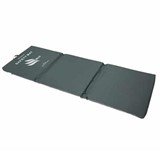



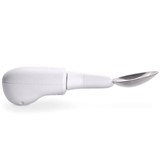


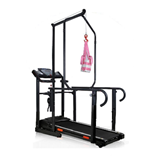
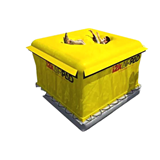











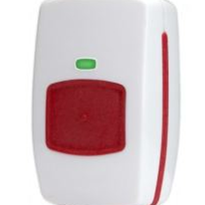
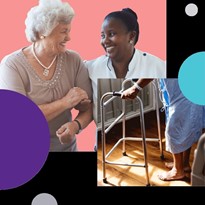
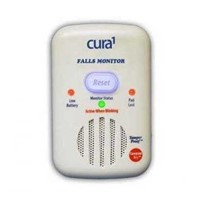


-205x205.jpg)






